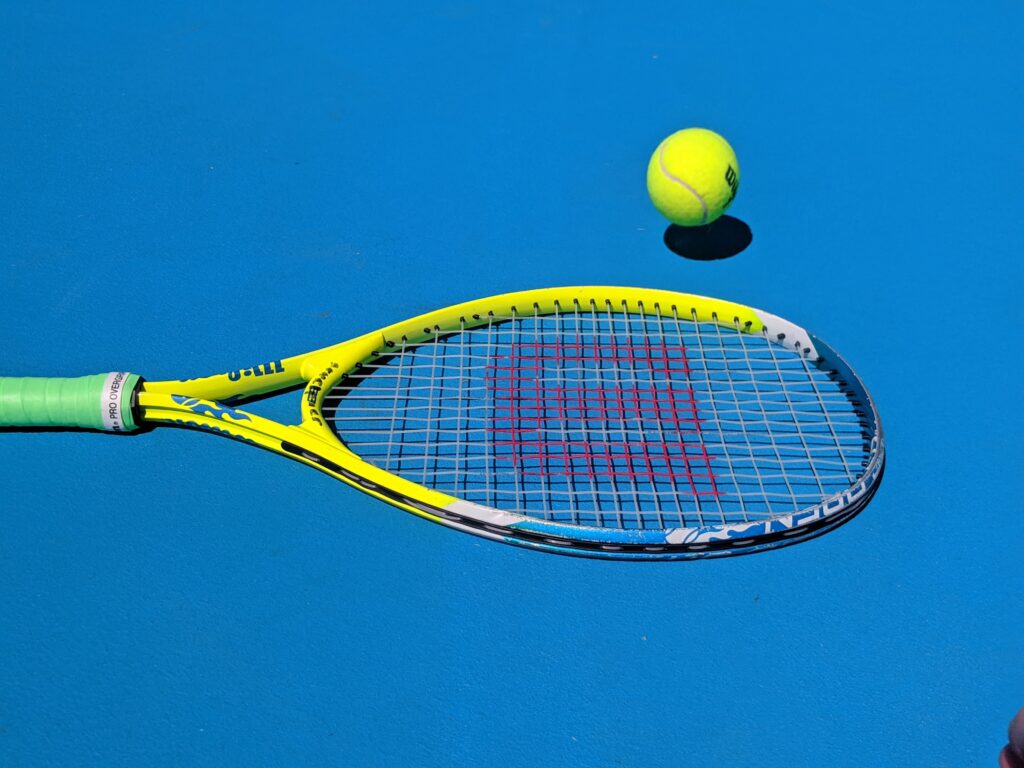
It is necessary to be aware of the various parts of a tennis racket, specifically when you are a newbie player. It is necessary because, later on, when you discover advanced tennis strategies, this knowledge will also assist you there.
Additionally, when you are going to get training from an expert tennis instructor, they will certainly be utilizing such terms. So, it is also important to have a better understanding of parts of a tennis racquet so you do not need to deal with terms and instead, you can focus on your game and technique.
On the other hand, getting acquainted with the racket can additionally assist you in having the right one when attempting to change or get a new racquet. Having the appropriate devices can aid you in creating a good game.
Enough intro, right?
Let’s study the information, without further trouble!
In this article, I am going to discuss every element of a tennis racket carefully to ensure that the next time you get a racket, you will have an understanding of its every part.
From the parts of a racket, measurements, frame, size, and weight, to a lot much more. I will offer you a thorough overview concerning the products made use of for noises as well.
Before beginning with details, let me point out the names of the pieces of a racket first. Generally, the parts of a racket consist of butt, butt cap, handle, grip, grip tape, collar, bevels, shaft, throat, head, rim/frame, beam, grommets, grommet strip, bumper guard, strings (main and cross), sweet spot, and dampeners.
Tennis Racket Components Diagram
Tennis rackets have come a long way considering the earliest days of the game. Now, different tennis racket brand names use new powerful technology to create and enhance their noises to fulfill the needs and needs of all players from all histories and ability levels.
Nonetheless, one essential thing continues to be the very same: a tennis racket’s composition. Different parts have their private influence on the general performance. To better comprehend the parts of a tennis racket, we created the following layout:
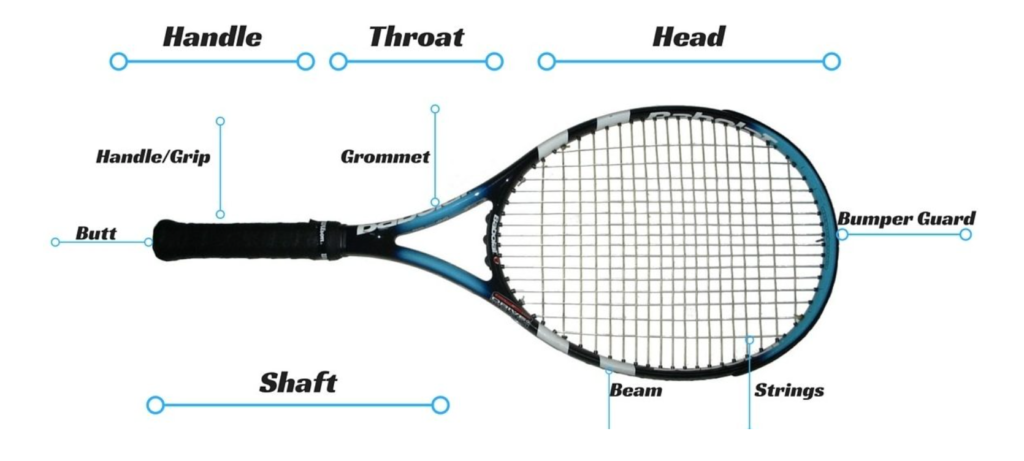
As seen on the diagram of a tennis racket, a tennis racket has 3 main parts, the head, the shaft, and the handle.
Before getting more right into information, there is one point I should explain. When I refer to the tennis racket component, I only indicate the parts made. The racket specification, which is something you’ll hear a whole lot when diving deeper into the tennis world, refers to measurable nuances that establish racket high quality besides each other.
Different Parts of a Tennis Racquet Explained
Allow’s break down the individual elements of a tennis racquet with a quick description of each component.
Butt Cap
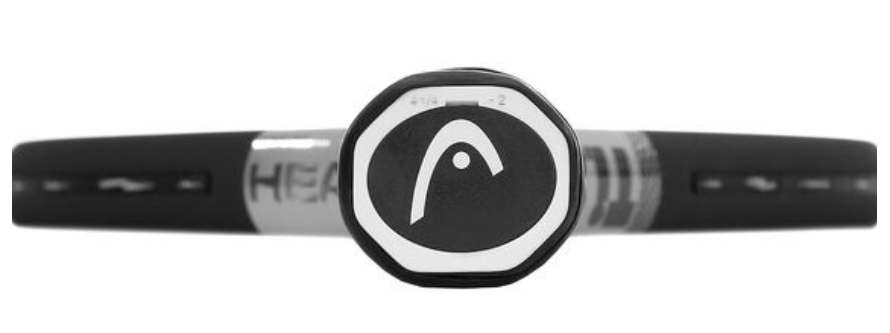
The butt cap refers to the piece of plastic that increases the size or flares out all-time low of a racquet’s handle, which helps make certain the racquet stays put in a player’s hand.
Some butt caps have detachable trap doors, which, when removed, can act as a useful place for adding material to tailor a racquet’s weight.
Racquet makers will typically print their logo design as well as the dimensions of the racquet’s handle as well.
Butt
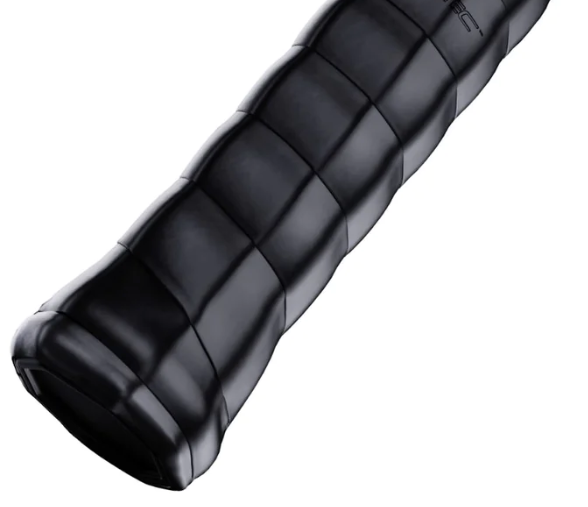
While the butt cap is the piece of plastic at the end of a racquet’s handle, the butt refers a lot more usually to the handle’s bottom.
Handle
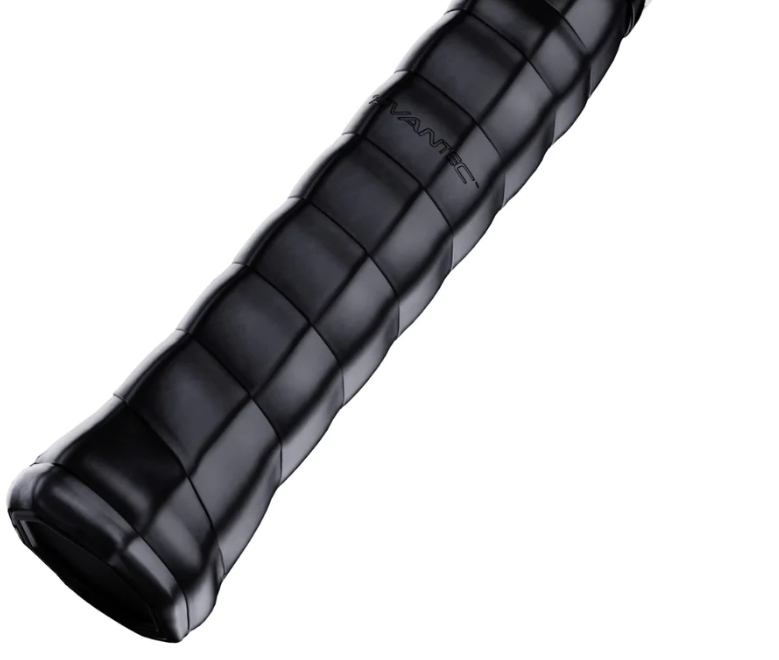
The handle refers to the whole size of the location where a player places their hands to hold the racquet.
Extended-length tennis racquets usually come with longer handles to boost the overall size of the racquet, which subsequently offers players more leverage and power.
The area, or the length of the external edge of a tennis racquet’s handle, array from 4 inches to 4 ⅝ inches. It is necessary to choose the appropriate size handle to guarantee convenience and limit the possibility of injury from a handle that is as tiny or as well huge.
Grip

The grip of a tennis racquet is the outer treatment of a racquet’s handle, which supplies a cushioned surface area to protect a player’s hand from the harsh surface of the handle, while additionally providing traction that ensures a firm grip to prevent the racquet from sliding.
If required, you can exchange the original grip with a replacement grip or wrap an overgrip in addition to the supplied grip for added grip and sweat absorption.
Grip Tape
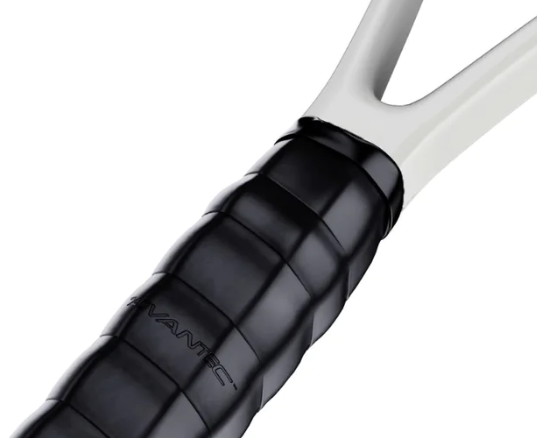
At the top of the racquet’s handle, you’ll discover grip tape that secures the grip to the racquet and stops it from unraveling.
Collar

Some racquets will certainly come with a rubber collar that fits over the top of the grip tape for additional safety, which can also protect an overgrip as a choice to common grip tape.
Handle Bevels
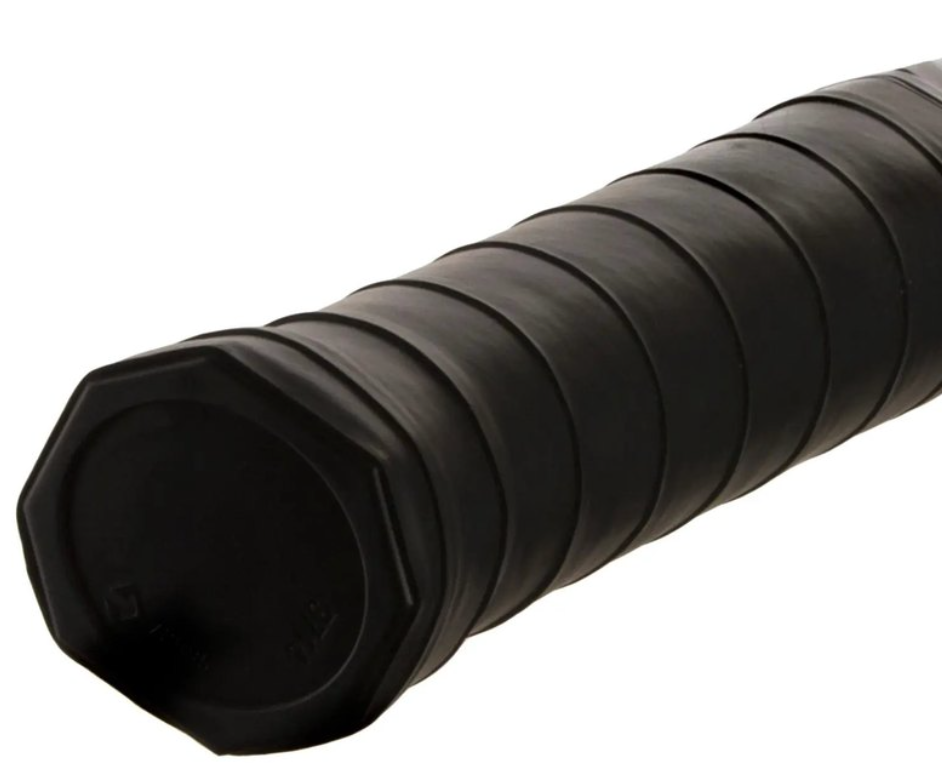
A racquet’s handle has 8 sides or bevels, which help protect against the racquet from turning or rotating in a player’s hand. They likewise serve as useful overviews when discovering just how to grip a tennis racquet.
Shaft & Throat
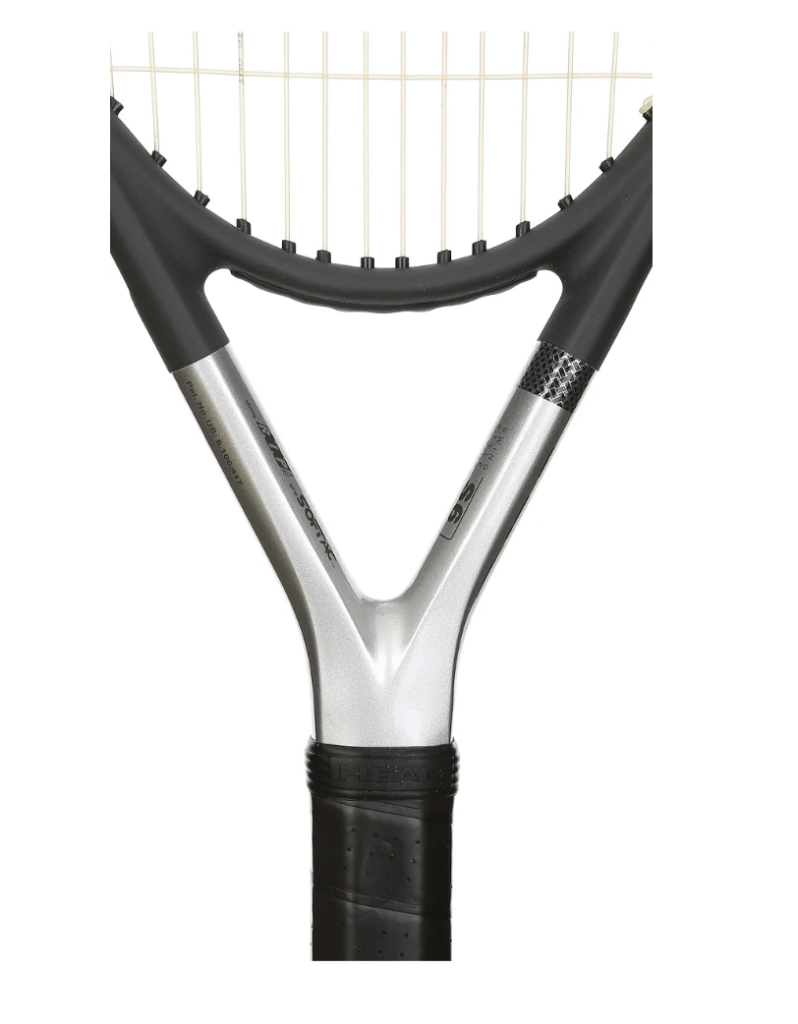
The shaft is the part of a tennis racquet that prolongs between the head and the handle, which will either have an open or closed throat.
Older wood racquets normally include shut throats, while practically all contemporary racquets have open throats, which divide right into 2 areas and expand the exterior to begin the formation of the head, as does this racquet.
The throat’s style is a primary contributor to a racquet’s flex. A “tight” racquet will certainly typically supply less flex at the throat to assist in producing extra power when striking.
Head

The head refers to the entire oval portion of the racquet, in which the strings are installed to create a striking surface.
Head sizes can vary substantially from racquet to racquet. However, typically, a lot of head sizes will generally fall between 95 and 110 square inches. For beginner racquets, we recommend 100 square inches or greater, which permits a higher margin of mistake.
Typically, the dimension of a racquet head has a straight influence on the total power of a racquet. A racquet with a bigger head will certainly give a player a lot more power, while a racquet with a smaller head will certainly offer much less power– but more control.
Rim

The rim of a tennis racquet refers more particularly to the outside edges of a racquet’s head, which you can consider like the edge of a mug.
Beam

The beam of a tennis racquet describes its side, which may be thicker or thicker depending on the sort of tennis racquet.
The beam is commonly an overlooked part of a racquet, which can significantly impact total racquet performance.
Power racquets will tend to have a broader beam, which raises the tightness while allowing the strings to relocate extra easily and, for that reason, create additional power.
On the other hand, control racquets usually have smaller-sized light beams, which makes for a more flexible frame while restricting string movement, causing added control.
You can quickly compare the beams of various racquets by positioning them on a table or the ground, which deserves thinking about when purchasing a brand-new racquet.
Grommet Strips

Around the racquet’s head, you’ll locate plastic grommet strips. They are inserted with the side of the frame to shield the strings from the sharp sides of the pierced holes that permit the strings to pass through.
Grommets

The specific barrels or passages along the grommet strip that are inserted via the frame are called grommets.
Often, the width or style of the grommets is modified to permit or tighten the movement of the strings.
With power racquets, you’ll be more likely to locate bigger grommets, allowing for totally free movement of the strings, while control racquets will certainly have narrower grommets to help tighten motion.
Bumper Guard
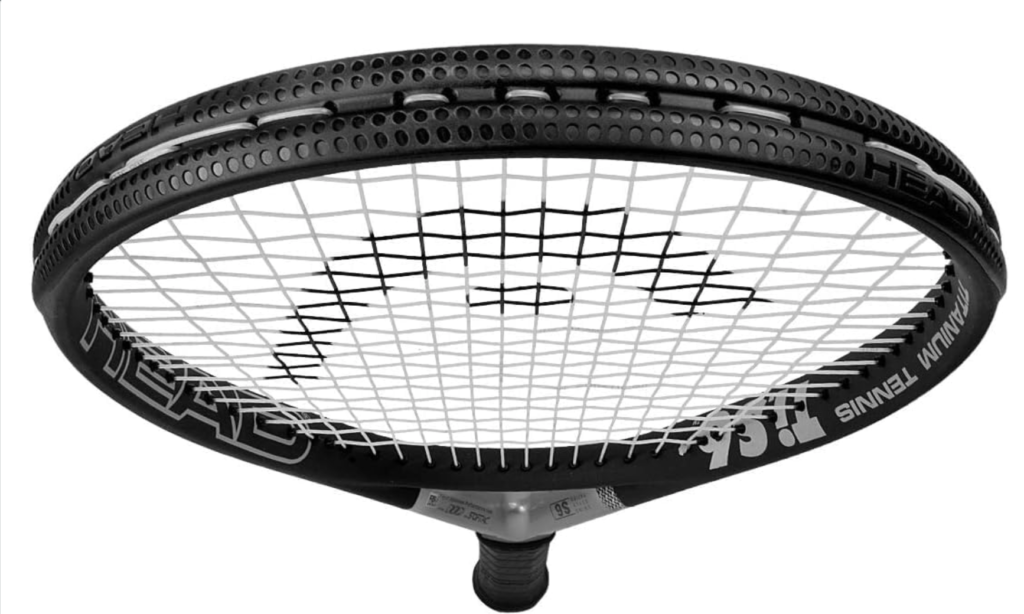
You’ll discover a bumper guard at the top of a racquet’s head, which aids in securing this location and the strings as it periodically scrapes or is available in contact with the court.
Regardless of their durable plastic product, bumper guards will call for replacement to protect and prolong your racquet. Otherwise replaced, the frame may be exposed and result in a crack or premature damage.
Strings

Tennis strings are a slice of the product set up throughout the head of the racquet, which provides a level trampoline-like striking surface.
Tennis string comes in a selection of gauges, thicknesses, and materials, and the sort of string you make use of can have a tremendous effect on overall racquet efficiency.
Furthermore, the stress you string a racquet can directly affect power, control, spin, and toughness.
Main Strings
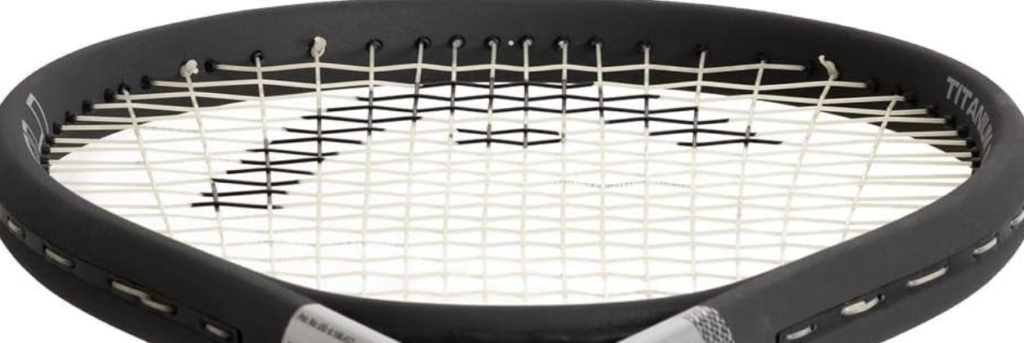
The strings that run up and down within the head of a tennis racquet are the mains.
Cross Strings
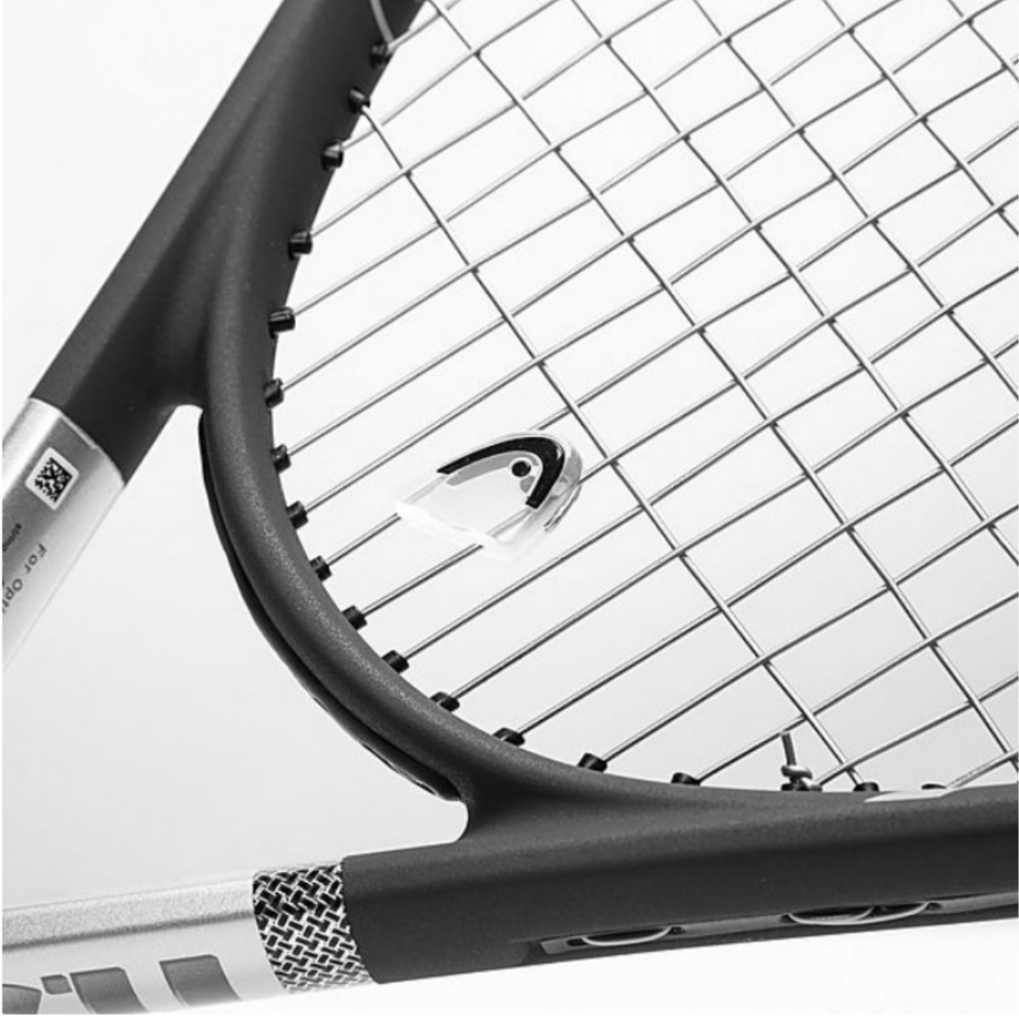
The strings that run horizontally are the crosses.
Face

When woven together, tennis strings form the face of a tennis racquet.
Final Thoughts
Though there may be a great deal of different parts of a tennis racket, knowing each part will assist your youngsters in their game. Plus, it’s quite very easy to find out as soon as you comprehend why you need these parts and just how they can assist you.
Assist your kids in discovering the parts of a tennis racket by playing a game with them or simply helping them memorize it.
